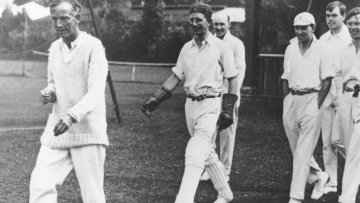Quadrature and optimization for a better bound
Abstract
There is a beautiful problem resulting from arithmetic number theory where a continuous and compactly supported function's 3-fold autoconvolution is constant. In this talk, we optimize the coefficients of a Chebyshev series multiplied by an endpoint singularity to obtain a highly accurate approximation to this constant. Convolving functions with endpoint singularities turns out to be a challenge for standard quadrature routines. However, variable transformations inducing double exponential endpoint decay are used to effectively annihilate the singularities in a way that keeps accuracy high and complexity low.


